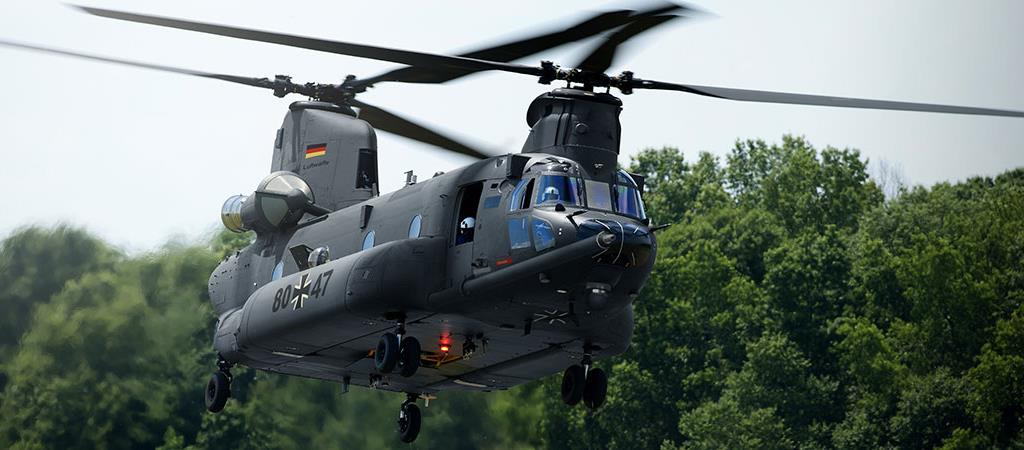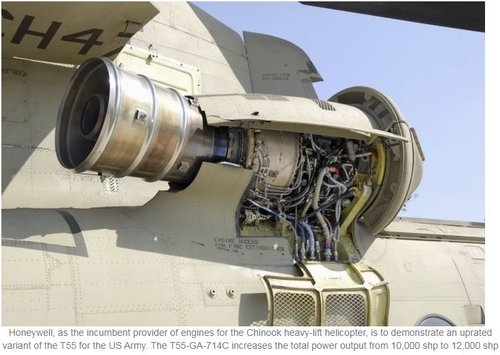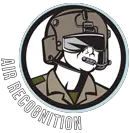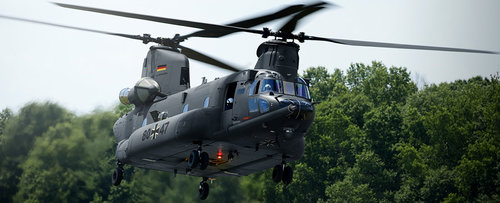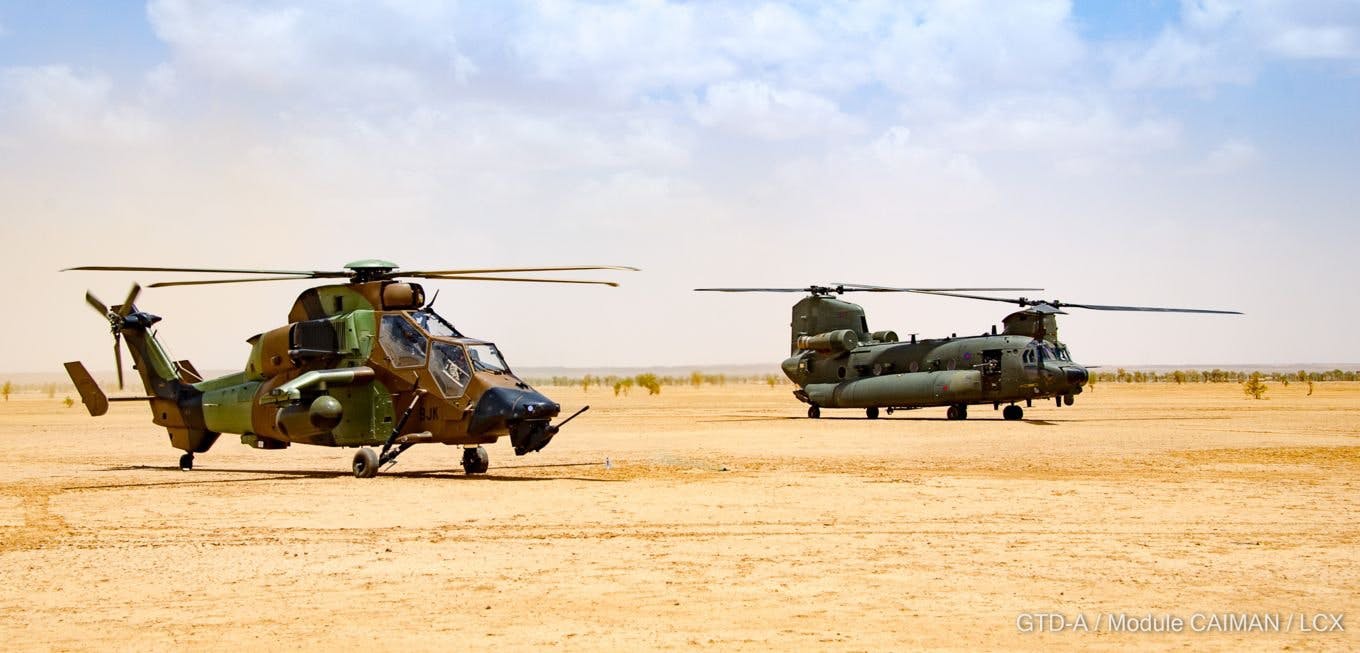jsport
what do you know about surfing Major? you're from-
- Joined
- 27 July 2011
- Messages
- 7,732
- Reaction score
- 5,751
One would hope the Germans stick w/ the CH-53 derivatives.I wouldn't be surprised if Germany also hops on the French interest for the Chinook, so that both forces will have a joint fleet just like with the joint Franco-German C-130J Super Hercules squadron based at Evreux, France. But I really want to know, how well the CH-47 performs with the GE T408 engines of the CH-53K.

